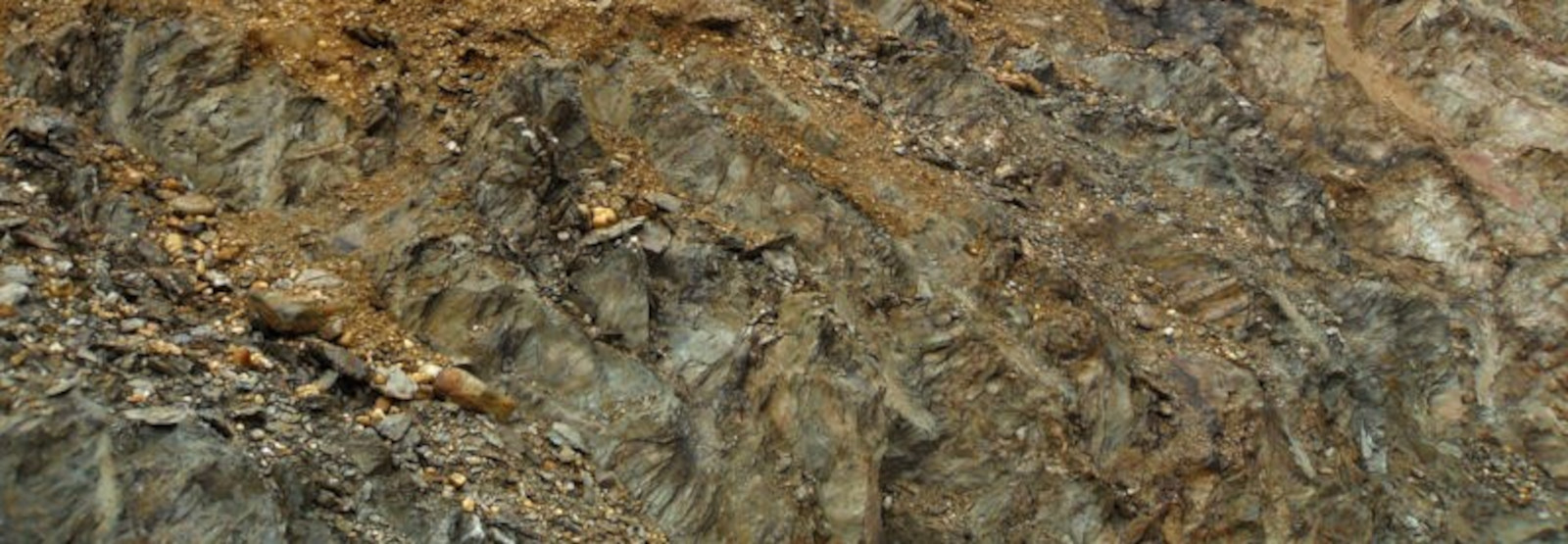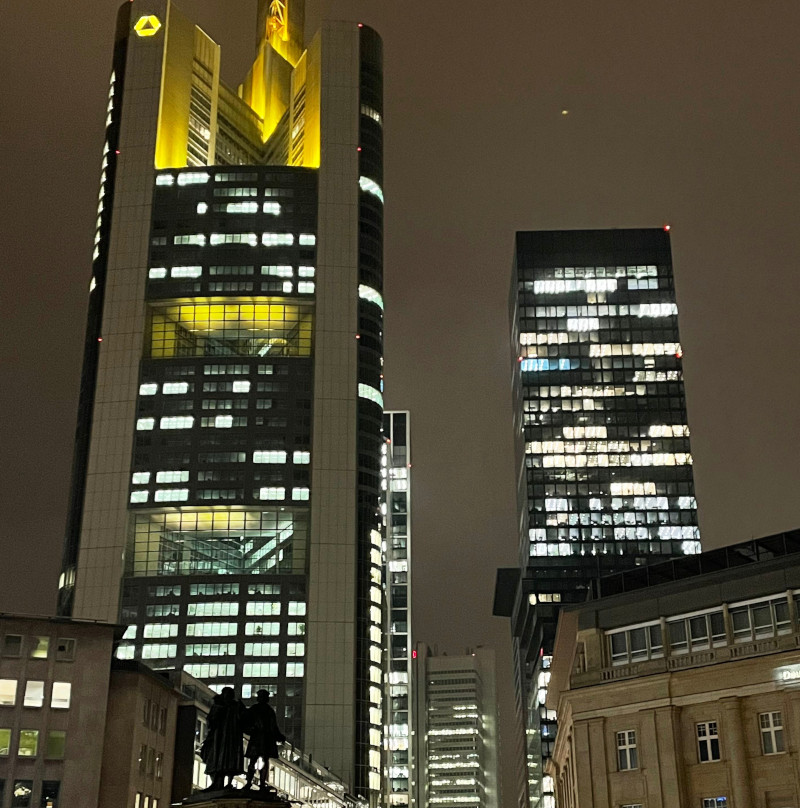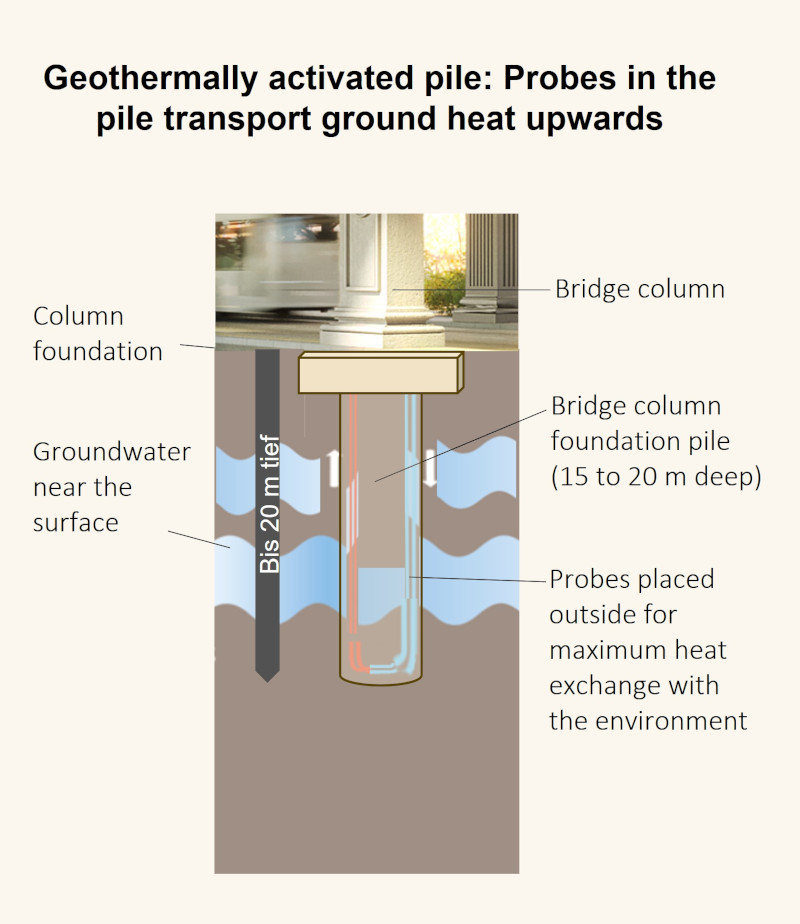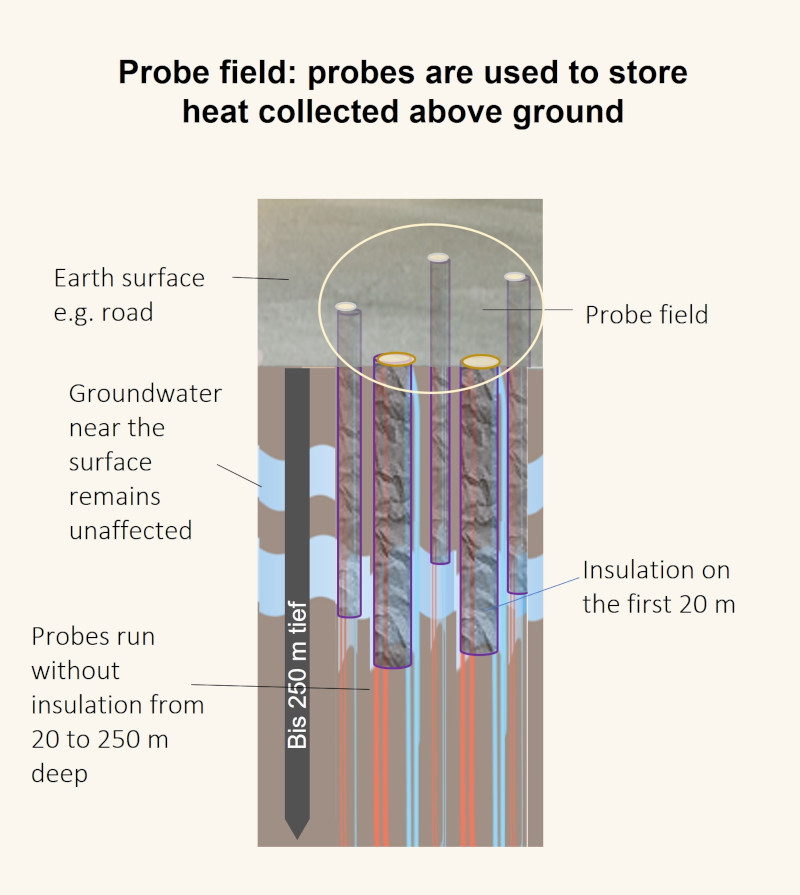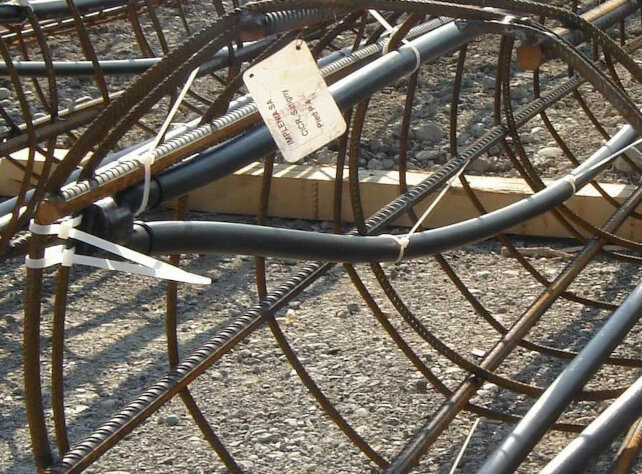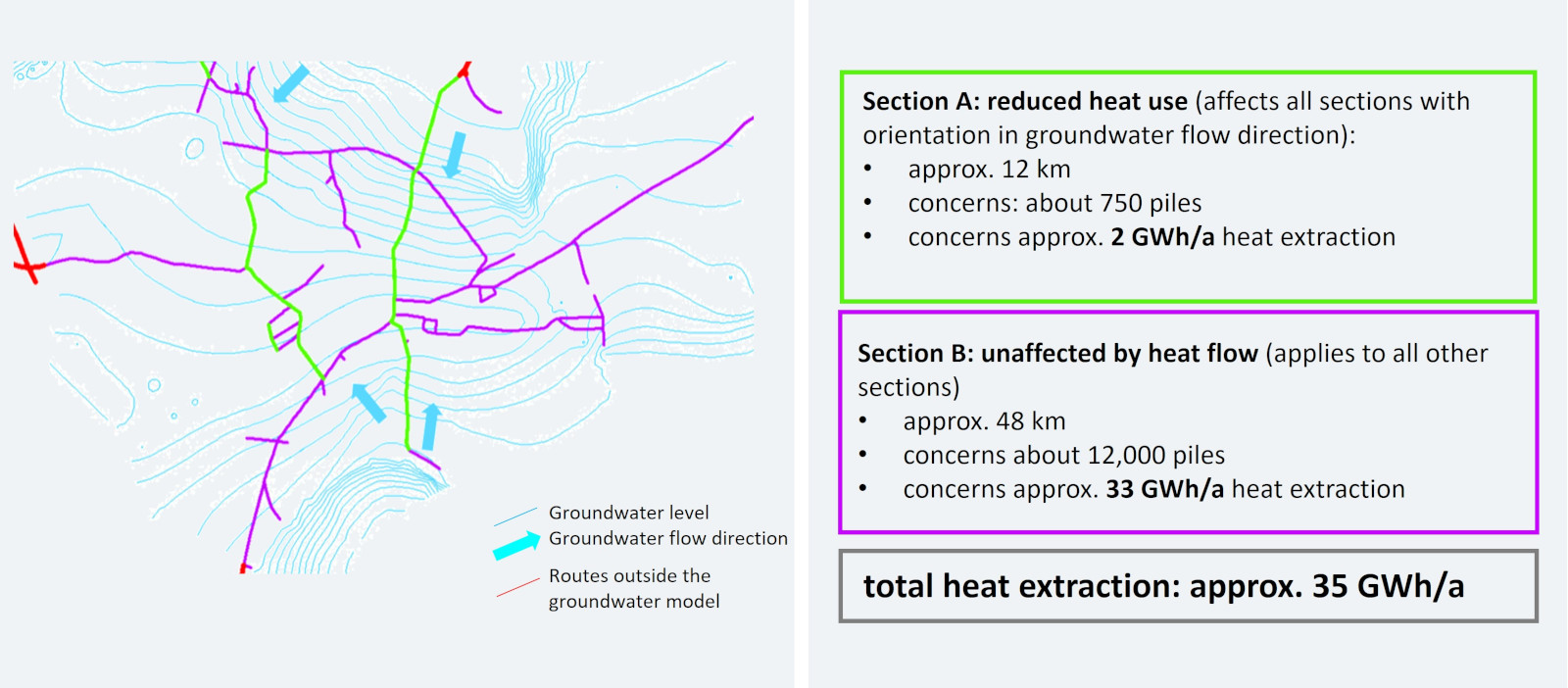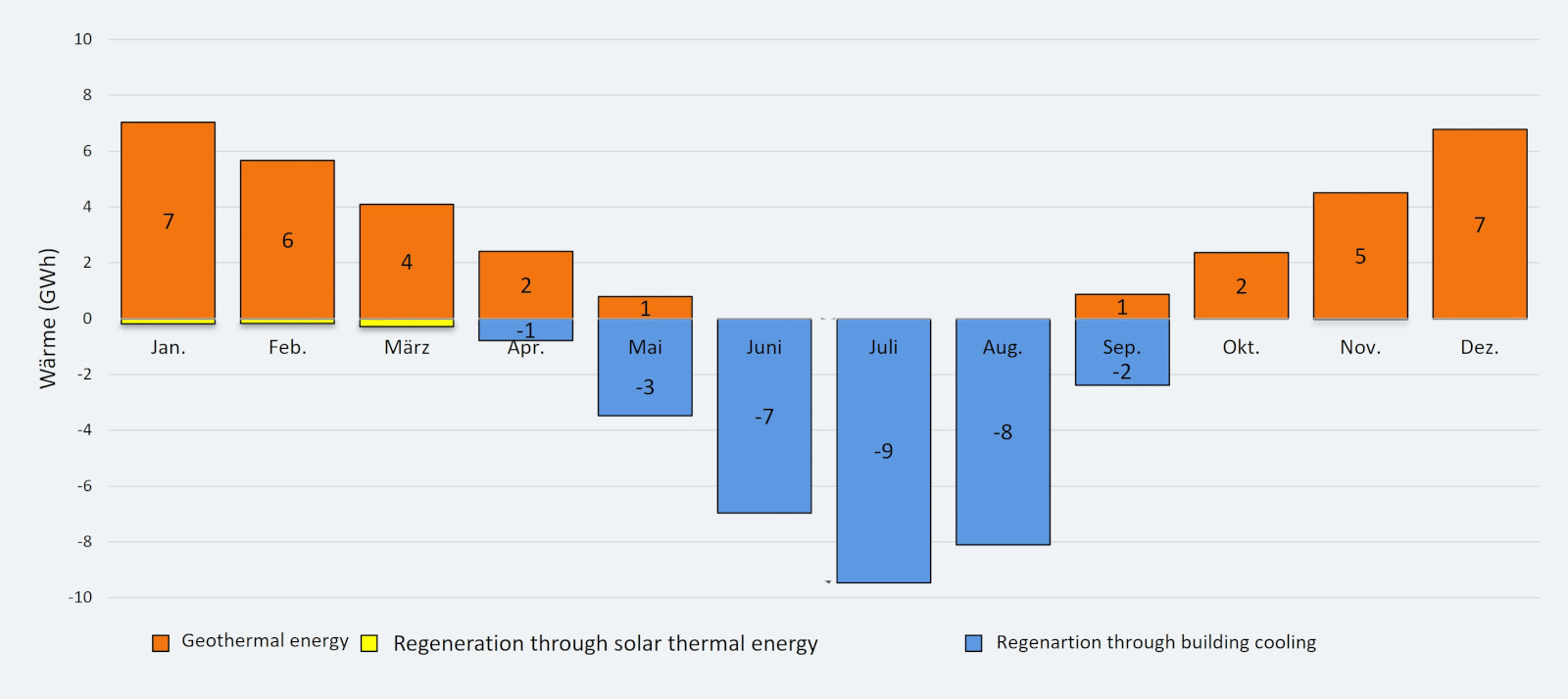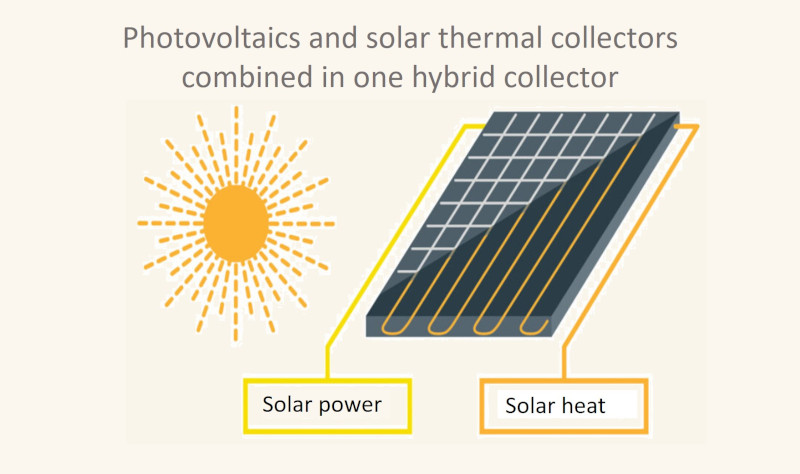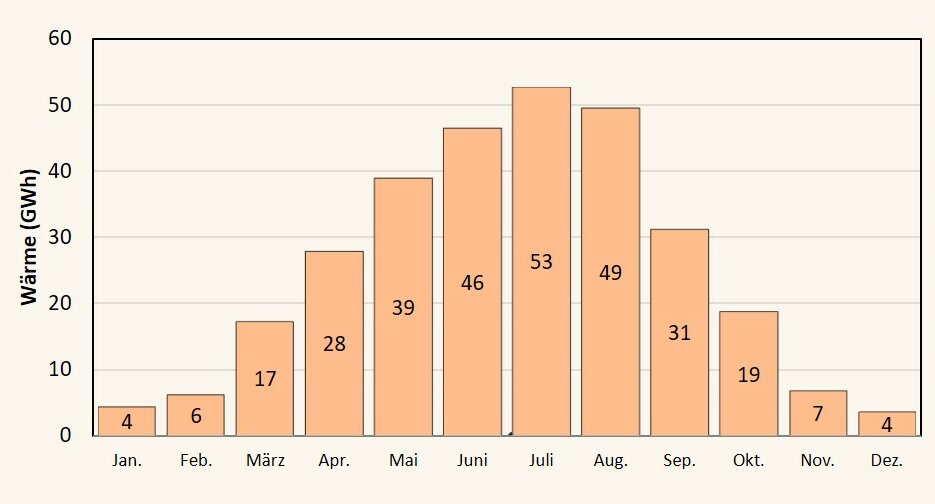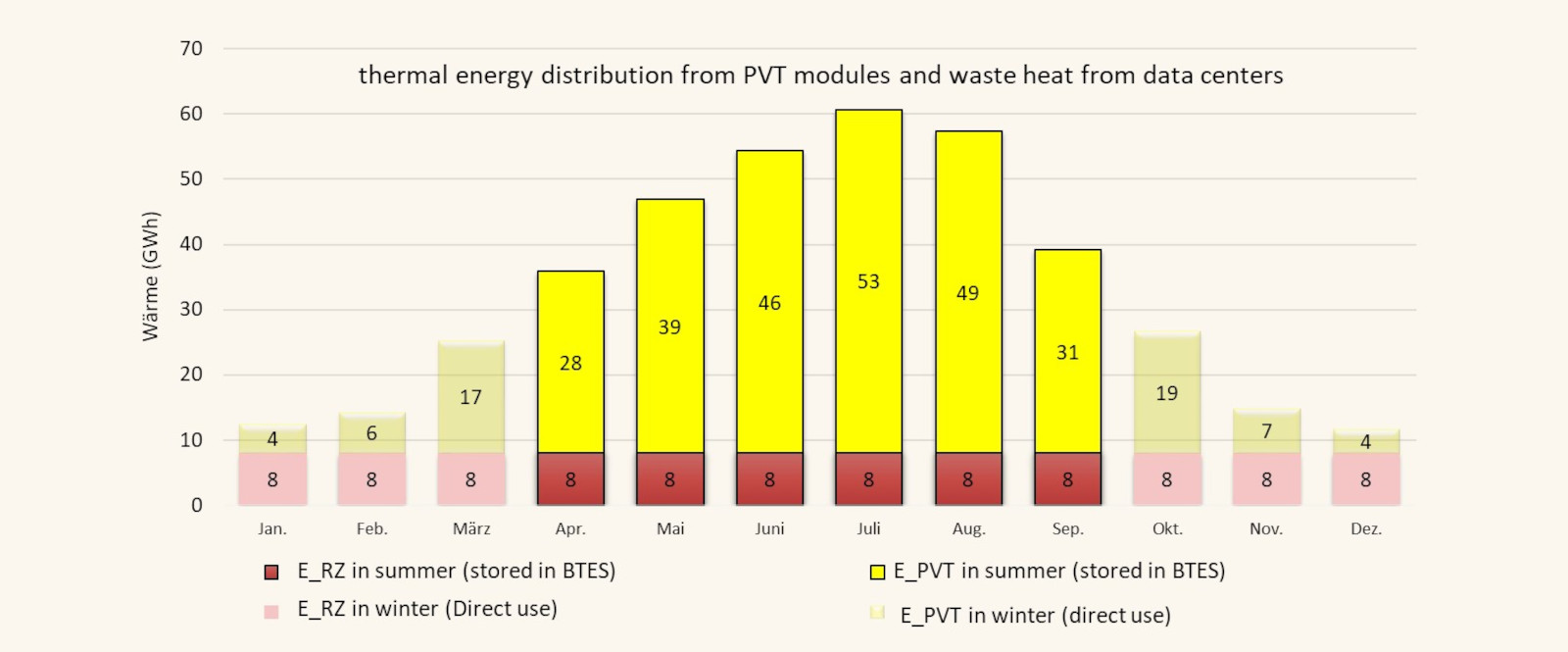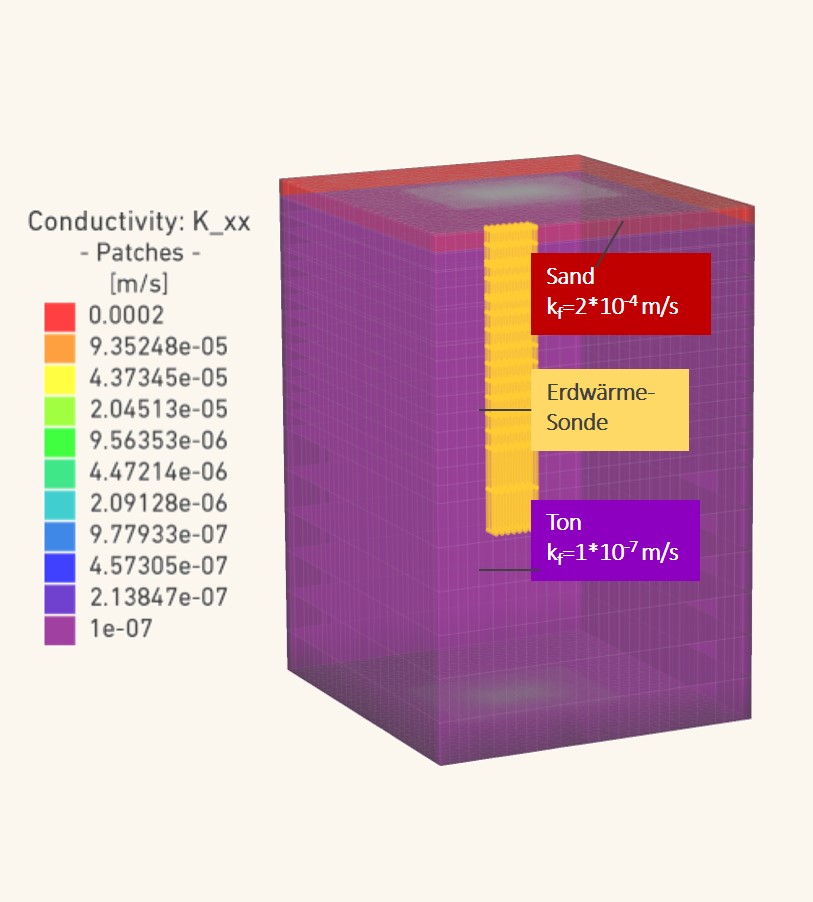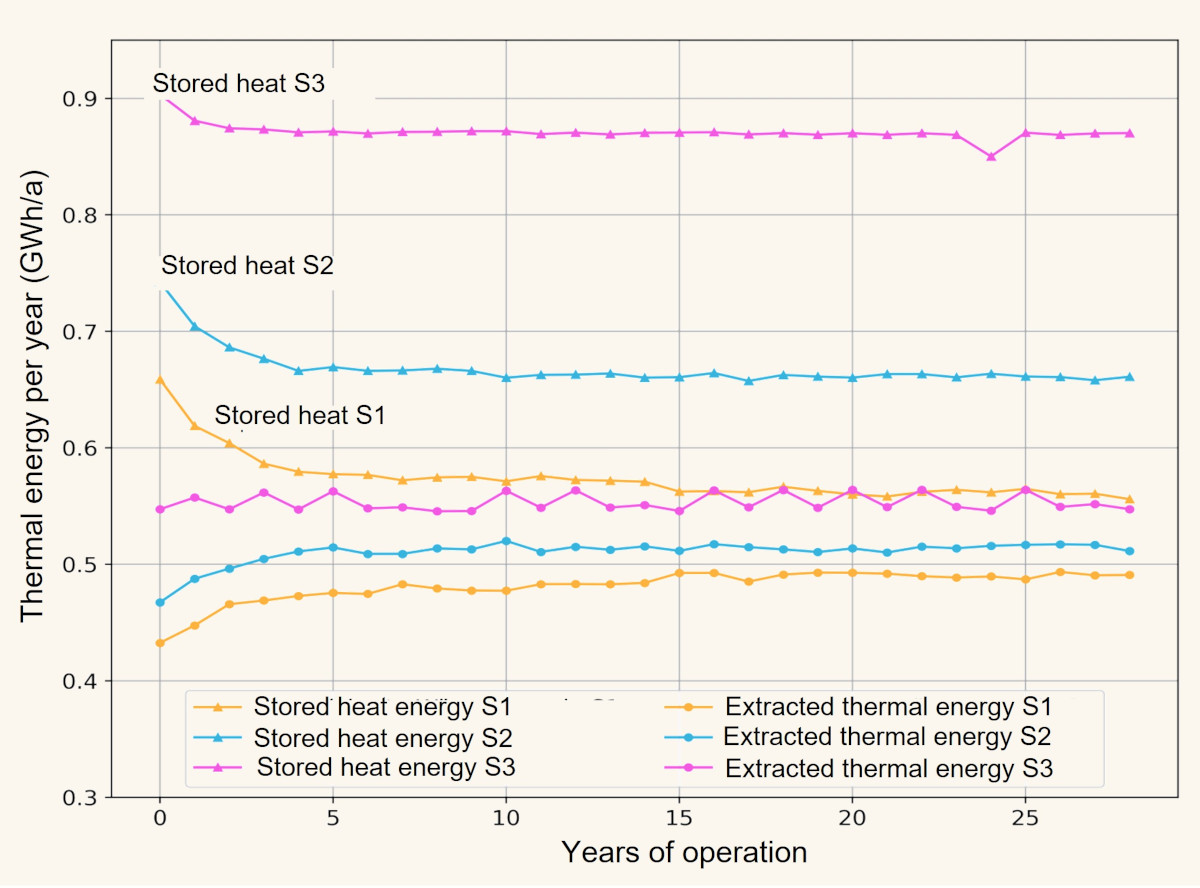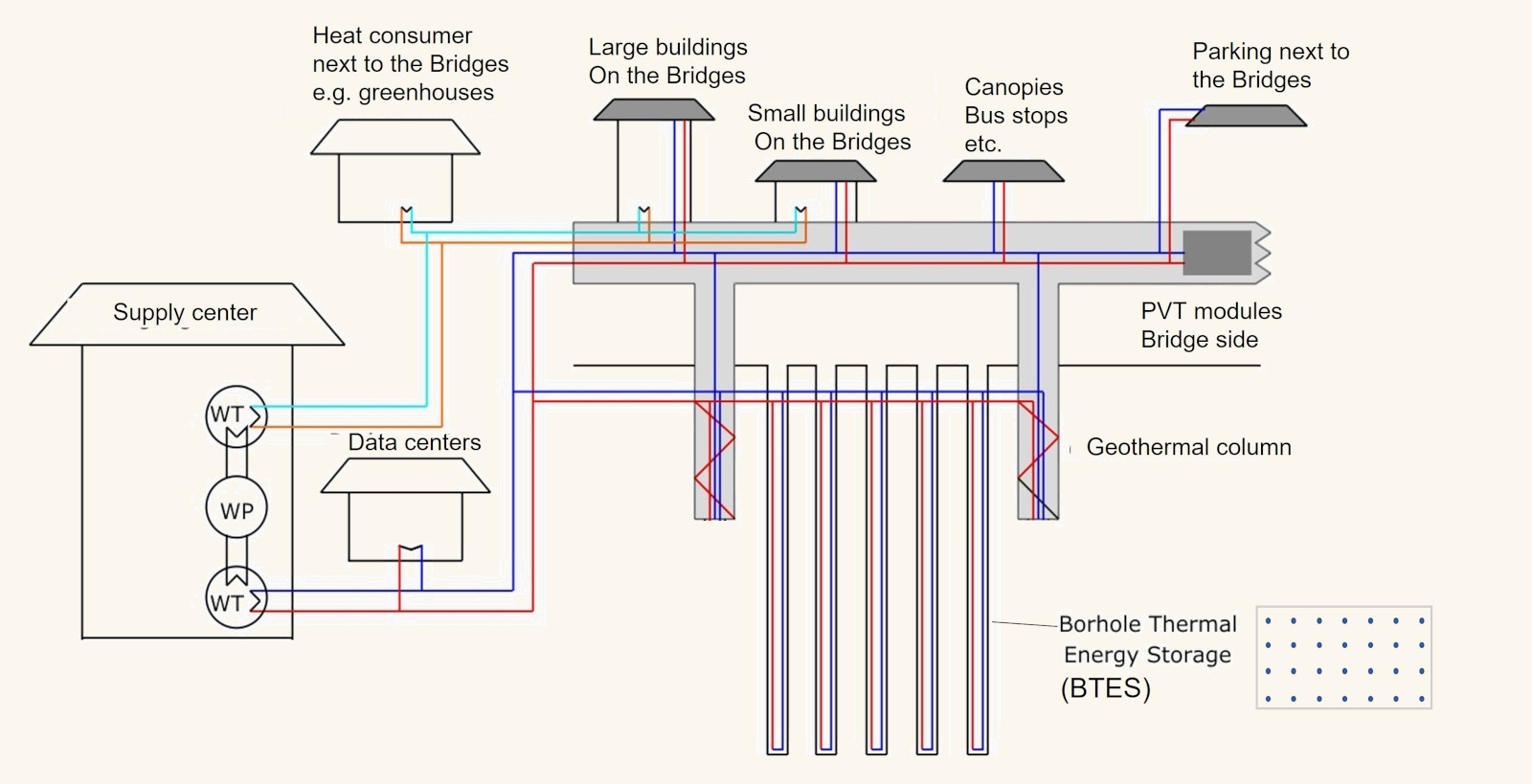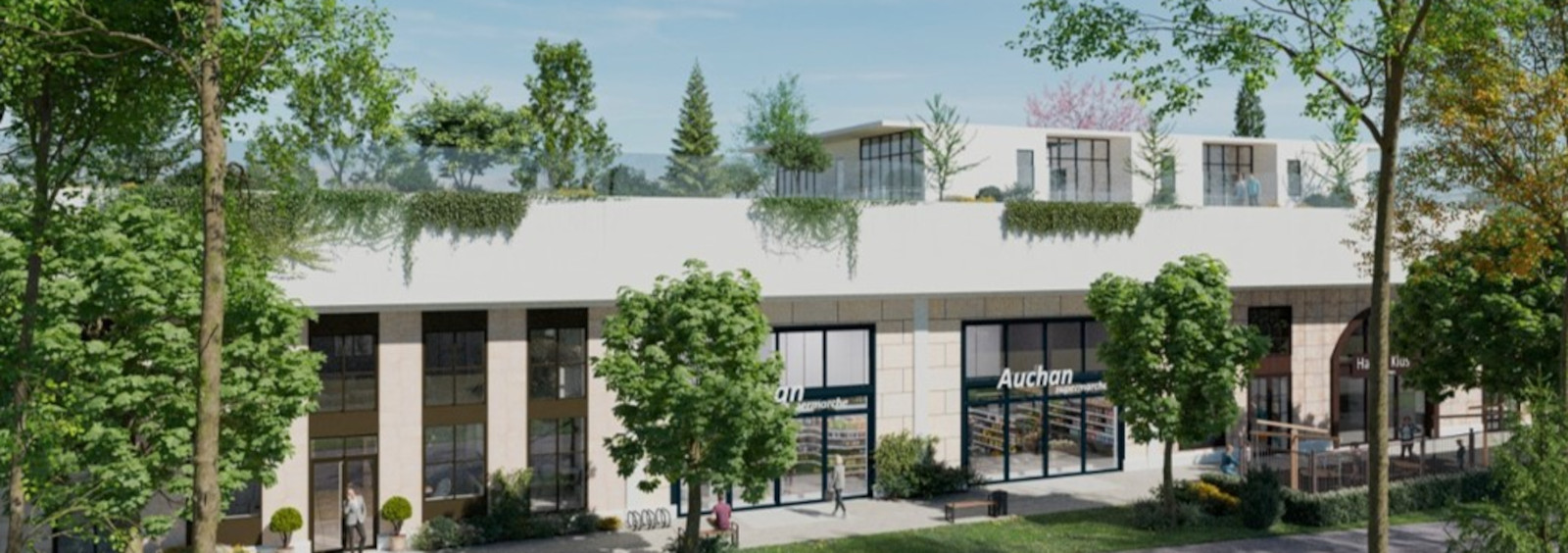Chapter content: Natural geothermal heat is extracted from the ground and, in addition, heat collected above ground is stored in the ground
The soil in Frankfurt is comparatively warm near the surface, with a temperature of 14 °C. The columns of the Frankfurt bridges project with their foundation piers 15 to 20 m deep into the ground. Probes in the pillars can realize space heating or cooling for the buildings on the bridges through thermal exchange as required.
The heat that accumulates behind the photovoltaic surfaces - with an environmentally compatible liquid as a carrier - is sent down into the depths through probe fields, stored there and brought back up again as needed. The probe fields can be installed in the course of the bridge construction in the (anyway) torn up ground and project down to a depth of 250 m.
Both systems use de facto solar energy and not geothermal energy from the glowing center of the earth, as ground-source or "classical" geothermal energy does.
